Compiled by Amr Emam
Tud is a historical area in the southern city of Luxor. The area bears witness to the presence of ancient Egyptians, the Greeks and the Copts.
In Arabic, the name of the area means ‘towering mountain’.
Part of the area has a surface higher than its other parts. This part is called ‘Tud Plateau’.
It is also home to the Temple of Tud, a structure deeply-rooted in Egypt’s and the area’s history.
The temple was constructed during the Eleventh Dynasty, specifically during the reign of King Mentuhotep II and then King Senusret I.
The kings constructing the temple dedicated it to the worship of Montu, a falcon-god of war. It was especially worshiped in the south of Thebes, in the cities of Tud and Arment.
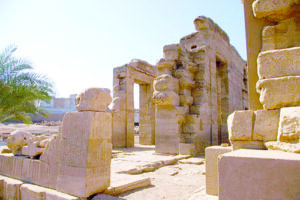
Most of the temple was built with sandstone, thanks to the proximity of its location to the sandstone quarries in Edfu, Aswan.
Sandstone was also used in building this temple because it was easy to engrave and write on. The same stone was also easy to colour with basalt and granite.
Sorry to say, the temple was negatively affected by climatic conditions, erosion and dilapidation through the ages.
The entrance to the Temple of Tud was discovered in 1963. It is a high-rise in the form of an edifice, at the top of which there is a bird, called ‘Elite’. The bird has two wings centred on the sun disk.
In ancient Egypt, the sun disk symbolised Ra, the king of deities and the father of all creation. The wings also symbolise protection. This meant that the temple was in the protection of god Ra.
As a city, Tud had an important commercial and industrial status in ancient times. It was famous at that time as an agricultural city teeming with farms and livestock farms. It was also known for the quality of its industries, especially pottery, with the temples of the pharaohs relying on skilled craftsmen who provided them with the utensils used in making temple offerings.
The temple embraces cultural and historical evidence of various epochs of human history in ancient Egypt and the subsequent eras and civilisations.
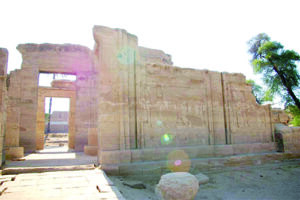
It is the oldest monument in the city of Tud. Succeeding the temple in terms of historical importance in this city is the Monastery of Saints, which dates back to the Coptic era in Egypt. The monastery is followed by Omari Mosque which was named after Amr ibn al-as. It dates back to the era of the Islamic conquest of Egypt.
On the walls and the stones of the temple, there are inscriptions that used to form several meanings for ancient Egyptian artists.
For example, the sceptre symbolised the city of Thebes or Luxor.
The drawings of the cartouche symbolised several meanings according to their shape. If the cartouche is empty, it symbolised the Roman-Greek era.
The Temple of Tud underwent various stages of development since its construction.
This is evidenced by the inscriptions and drawings painted on its stones, which refer to the names of Ptolemy and Cleopatra and drawings of empty cartridges that date back to the Greek era.
The interesting thing is that the temple and Tud area are only a short distance away from the centre of the city of Luxor which is awash with historical and ancient sites.
Luxor also boasts a large number of tourist facilities that suit all types of budgets.


































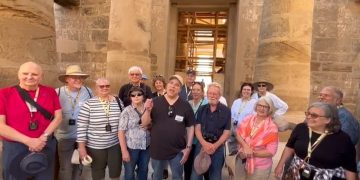


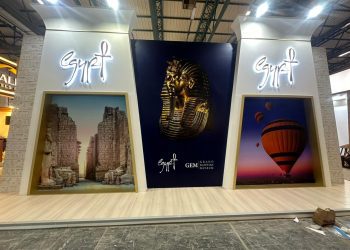



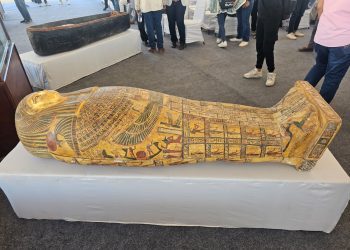









Discussion about this post